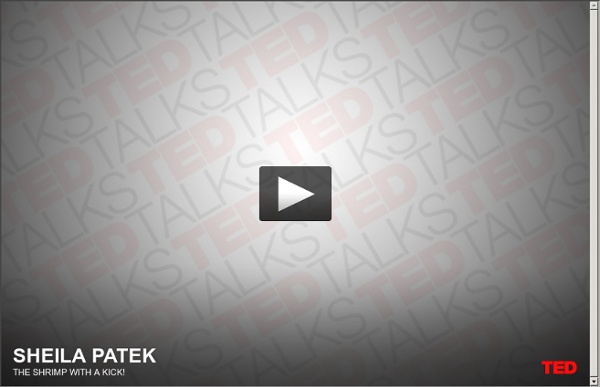



Knot theory A knot diagram of the trefoil knot Knots can be described in various ways. Given a method of description, however, there may be more than one description that represents the same knot. For example, a common method of describing a knot is a planar diagram called a knot diagram. Any given knot can be drawn in many different ways using a knot diagram. Therefore, a fundamental problem in knot theory is determining when two descriptions represent the same knot. A complete algorithmic solution to this problem exists, which has unknown complexity. History[edit] Archaeologists have discovered that knot tying dates back to prehistoric times. A mathematical theory of knots was first developed in 1771 by Alexandre-Théophile Vandermonde who explicitly noted the importance of topological features when discussing the properties of knots related to the geometry of position. In the late 1970s, William Thurston introduced hyperbolic geometry into the study of knots with the hyperbolization theorem. or
Digital Drawing Board Creates Objects in Stunning 3D Detail ETOS, or Electronical Tool for Object Sketching, is a tool for designers and architects that lets them see their creations in three dimensions without the need for 3D glasses. The tool uses the familiar shape of a pen and the intuitive function of a touch interface to bring sketches into the real world. The drawing board takes the form of a tablet computer with a built-in stand formed from its folded cover. It displays objects in 3D using lenticular lens technology and motion tracking, which also allows users to move the shapes around with their hands. The pen-shaped input tool performs basic editing functions that are selected by simply turning it along the horizontal or vertical axis.
Eat, Drink and Live Forever: Immortality is 20 Years Away It seems that we’ve been edging toward becoming a race of cyborgs for a number of years. Medical advances like replacement limbs and joints, cochlear implants, and artificial organs are already being used. Improving medical technology and our understanding of anatomy will continue to drive the human race toward immortality, according to scientist Ray Kurzweil. He believes that within 20 years, there will be no need for humans to face death at all. Nanotechnology will be applied to create artificial vital organs and even artificial blood cells. Kurzweil and other scientists believe that by using nanotechnology, we can reprogram our bodies’ “stone-age software” to halt the aging process, then do away with death altogether. In Kurzweil’s perception of the future, we’ll all sport cybernetic limbs and organs, and rely on nanobots to keep us alive through traumatic injuries and illnesses.
Appendicitis? Human Appendix Maybe Not Useless After All For a long time, we’ve believed that the human appendix was more or less good for nothing. Darwin postulated that the appendix was a remnant of evolution that was no longer needed. But for the first time, researchers are actually taking a close look at the appendix and its function. And they’ve come to believe that it is, after all, good for something: it may help to restock the stomach with good bacteria after an illness, like a bout of diarrhea. (image via: ashe-villain) Scientists and researchers from Duke University Medical Center, the University of Arizona and Arizona State University collaborated on the study, which concluded that not only is the appendix not useless – it’s also been around far longer than anyone previously thought.